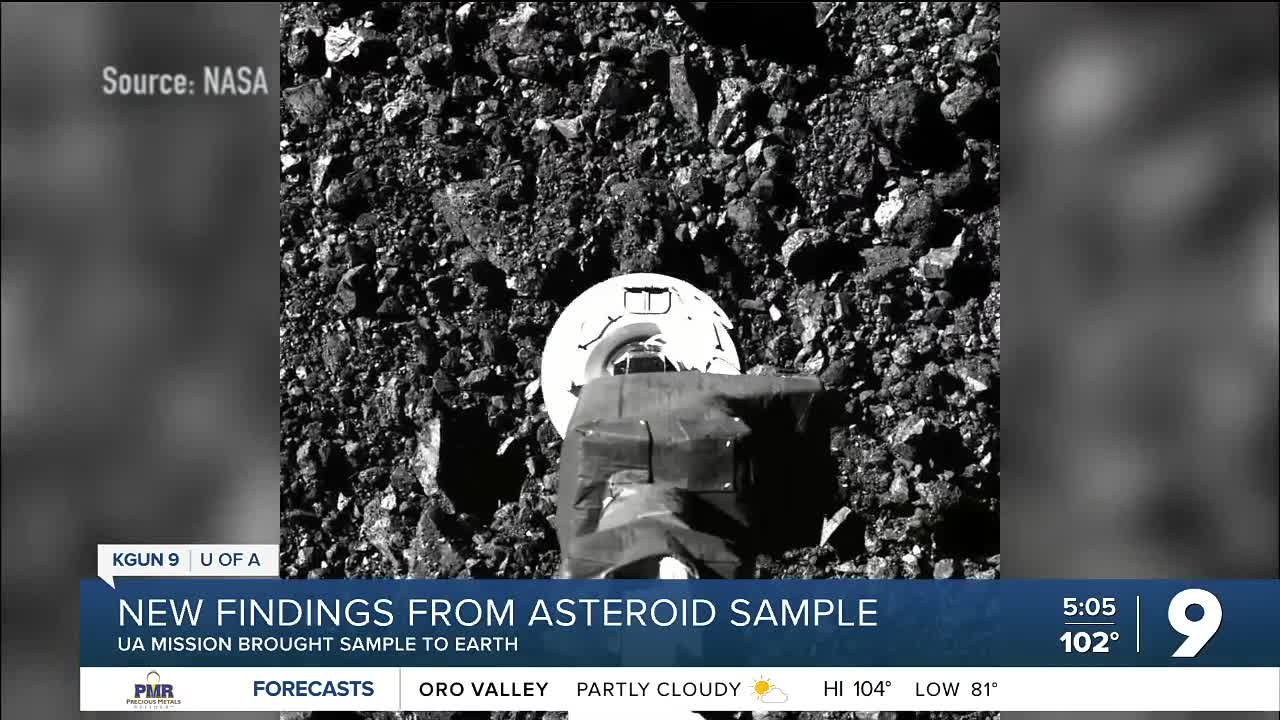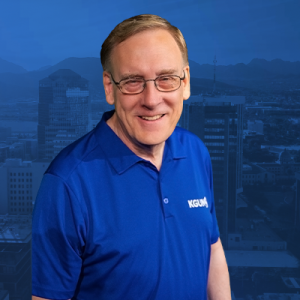TUCSON, Ariz. (KGUN) — It’s been a real point of pride that the University of Arizona led a mission to grab a sample of an asteroid and bring it to Earth. Now those samples are teaching us more about the early days of our solar system, and maybe more about how life began.
It’s been not quite two years since U of A’s Osiris Rex spacecraft brought back a sample from the asteroid Bennu. Scientists jumped on those samples right away and in that time they found some interesting surprises in that gift from space.
It is not a stretch to call the capsule that delivered samples from Bennu a time capsule.
UA Association Professor Jessica Barnes says, “They're giving us a glimpse, not only as to what happened in the last few 100 million years of the asteroid's history, but all the way back to the very beginning of our solar system, about 4.6 billion years ago.”
The University of Arizona led the Osiris Rex mission that travelled millions of miles to the asteroid Bennu, grabbed a sample and brought it to Earth where scientists can do the sort of analysis you just can’t do remotely.
Jessica Barnes is one of those scientists. She co-wrote a new article about what they found. It and two other articles on Bennu just came out in the prestigious journal Nature Astronomy.
Scientists believe Bennu was part of a larger asteroid that formed far from Earth, at least as far as the orbit of Saturn. It includes actual stardust that predates our solar system plus water and chemicals connected to early life.
That raises the possibility an asteroid could have planted life on Earth.
“Bennu contains all the stuff you would need to start life on Earth, whether or not parts of Bennu's parent body or an asteroid similar to Bennu was the actual culprit, if you like, in bringing that material to Earth, is still TBD (to be determined), but certainly it gets us closer to understanding what was out there in the earliest parts of our solar system.”
Modern science can produce big discoveries from tiny samples. Osiris Rex was able to collect more than twice as much from the asteroid as mission designers expected so there’s plenty of potential for new breakthroughs to come.
——-
Craig Smith is a reporter for KGUN 9. With more than 40 years of reporting in cities like Tampa, Houston and Austin, Craig has covered more than 40 Space Shuttle launches and covered historic hurricanes like Katrina, Ivan, Andrew and Hugo. Share your story ideas and important issues with Craig by emailing craig.smith@kgun9.com or by connecting on Facebook and Twitter.





